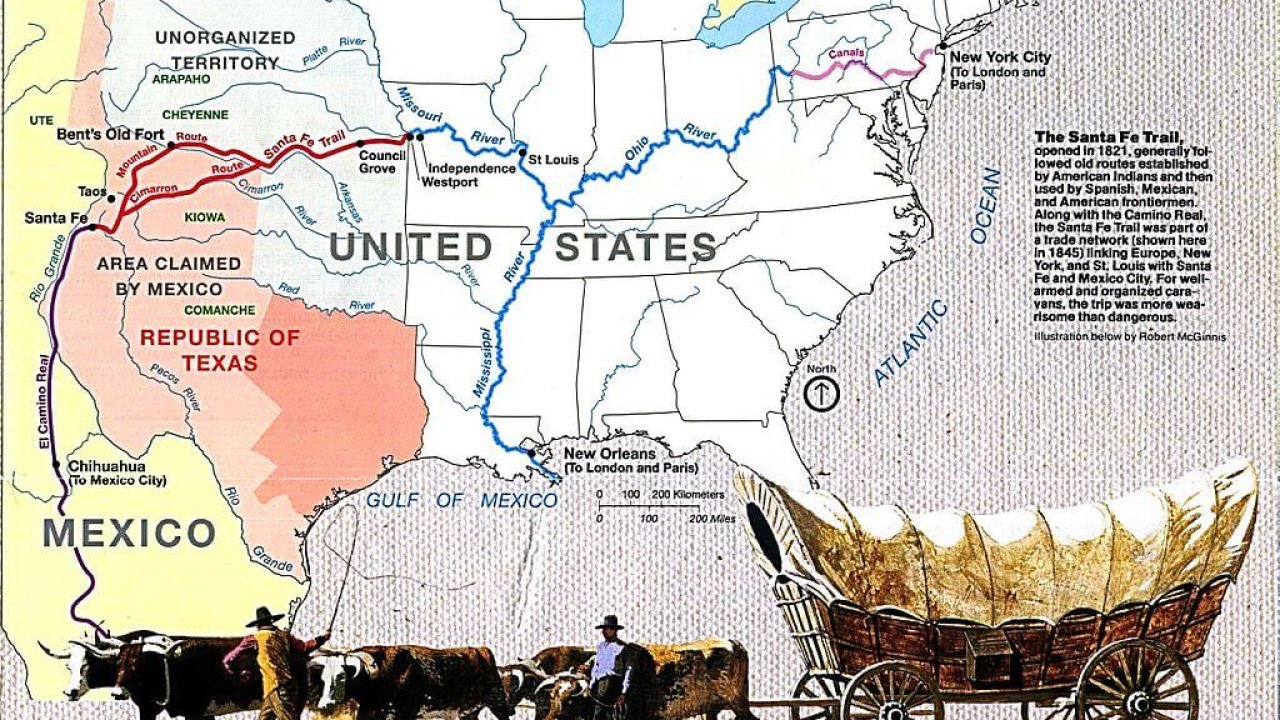by AGS Member Rosemary McNerney Winkler
You have been working on your genealogy and family history for 10, 20 or more years and collected much information. How long will you wait to publish it hoping for another tidbit or that brick wall solution? Five years? Ten years? I suggest make a cutoff date and then publish and let the chips fall where they may. Do not wait until you are “finished” because that may never happen.
Focus on one family line at a time. Consider who you are writing for. Is it the world? The town? Researchers? Your descendants? Prepare an introduction which is your opportunity to talk directly to readers. Consider a timeline or ancestor chart as an appendix.
Stories or obituaries make a family history come to life. If you do not have any, create them from the time by finding newspaper articles about what was going on where your ancestors lived. Military accounts are another source of information even if your ancestor is not named. Include photos and maps as part of your publication if available. No one will read page after page of names and dates.
Consistency is key to professional writing. For example, consistent use of date format and abbreviations (for example, pick one abbreviation for circa and stick with it, either cir. or ca.) in every instance in your work. Use “search and replace” in your word processor to make it happen. Run a “quality check” in your genealogy software to find bad links or dates.
I recommend use “Register Report” in your genealogical software as it is the New England Historical and Genealogical Society (NEHGS) standard and has options. Try various options, but one I recommend is “endnotes” and not “footnotes.” Then save it as an “RTF” file and open it in your word processor. Check out how the options look. The word processor will find typos and other errors. Go back into your genealogy software and fix typos etc. indicated by your word processor. Repeat this process as many times as it takes. Ask an editor or reliable reader to review your work for typos and other errors even if you have to pay. Make corrections in your genealogy software and save again as an RTF file.
Genealogy software “marks” names for an index, so after you are satisfied with the work, generate an index that can be two or three columns. It must be the last thing. Then save as a PDF on a flash drive to have it printed. You can do the same for a Table of Contents, but you will have to mark the “chapters.” Backup every day.




